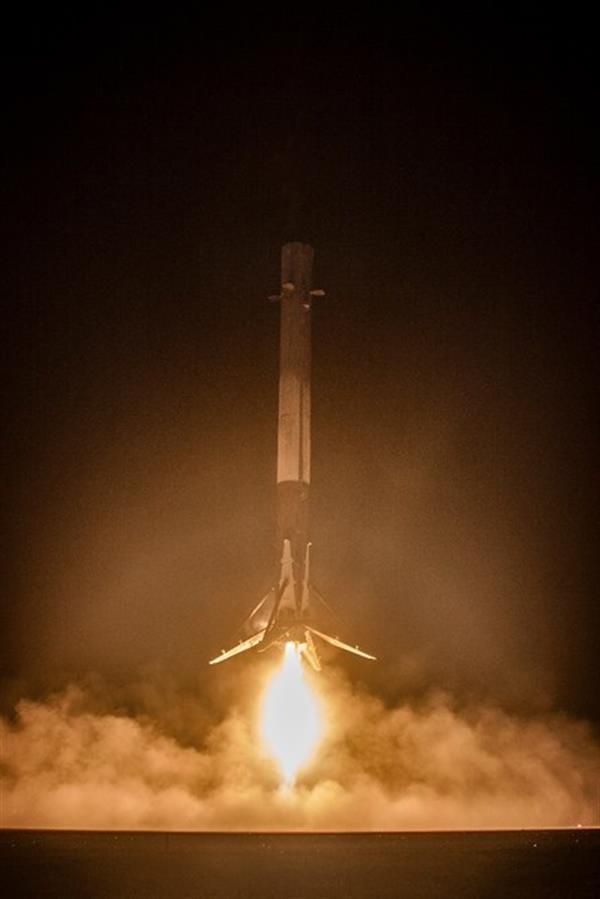Rocket return marks new era
 History has been made for autonomous vehicles and space travel.
History has been made for autonomous vehicles and space travel.
SpaceX has launched its Falcon 9 rocket to take supplies to the International Space Station.
The stunning part came at the end though, when the rocket successfully came back to Earth, landing upright on a floating barge at sea.
It is the first time the ocean landing has been made successfully, and is a crucial milestone that shows SpaceX can land its rockets both on solid ground and at sea.
Recovering rockets can bring some big cost savings.
Falcon 9 cost about $60 million to build and $200,000 to fuel, so if it is recovered and does not need too much updating between launches, a significant slice of that manufacturing cost would be returned as well.
SpaceX President Gwynne Shotwell says reusable rockets will bring down launch costs by close to 30 per cent.
The company says being able to land its vehicles in different settings will allow it to recover and reuse more rockets in the future.
Landing Falcon 9 at sea has a number of advantages – not only does it prove the company can manage landings in shaky and unstable environments, it also keeps the landings away from human populations.
But the biggest advantage may be the practicality.
When it needs to return back to Earth, Falcon 9 uses fuel leftover from takeoff to reignite its engines in a series of burns that adjust the rocket's speed and reorient into position for entering Earth's atmosphere and landing.
Different landings require different amounts of fuel because of the way Falcon 9 launches.
The rocket travels in a parabolic arc up and away from the launch pad, and so to come back down it must slow down in the direction it is heading, turn around, and then retread the long vertical and horizontal distance it covered to get up there.
Tracing the original parabola back down to the launch pad would use a lot of fuel, so floating drone barges are placed in the most efficient location for the rocket’s return.
Thedrone ships can ‘catch’ Falcon 9 on its most natural path back to Earth, decreasing the distance the rocket travels, and saving fuel needed to manoeuvre the rocket for landing.
The following video shows the astounding weekend landing, and is followed by a video in which NASA explains the latest batch of ISS supply missions.








 Print
Print